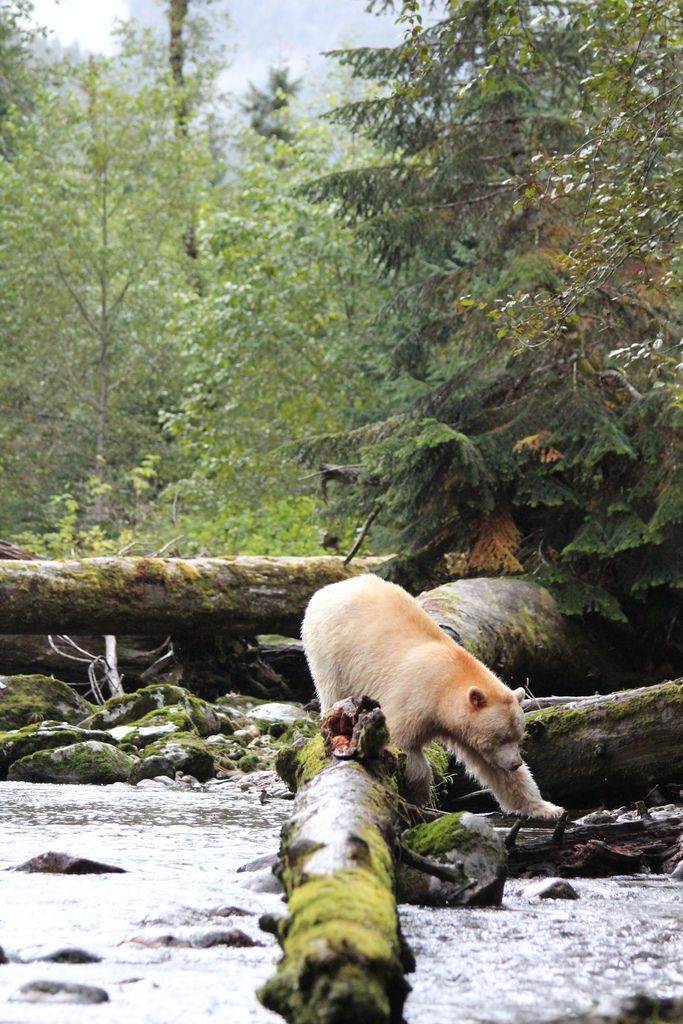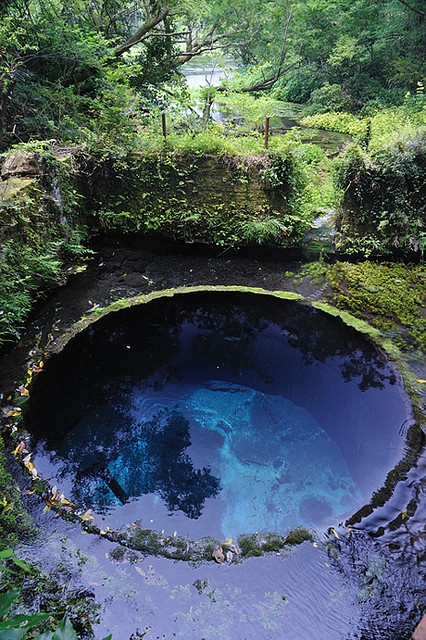Dear Toby,
All of us want to experience enjoyment in our life, but sometimes it can feel a little elusive. The article below explores how we can go about consciously cultivating our experience of enjoyment and integrating it into a wide variety of our activities.
In the spirit of enjoyment and fun,
Toby
 The Spectrum of Mindful Enjoyment
The Spectrum of Mindful Enjoyment
Getting to know your own enjoyment
Think about a time when you have really experienced enjoyment. As you do so get in touch with that enjoyment within your body; what does it feel like somatically? Is it in a particular part of the body? Does the energy of enjoyment seem to have a particular colour or musical tone (In your mind’s eye/ear)? What happens to your body posture when you feel the energy of enjoyment?
I mean real enjoyment
Sometimes we seek ‘fun’ as a way of distracting ourselves from things we feel uncomfortable about. There is a kind of fragile, escapist enjoyment that we sometimes seek that is riddled with insecurity. So just to delve a little further, let’s be clear that what we are trying to connect with here is a ‘real’ open hearted and genuine enjoyment, not the ‘fake’ enjoyment that we sometimes use as a smoke-screen for our discomfort.
To me enjoyment seems to be characterized by a feeling of open heartedness, a smiling quality, a playful confidence and inquisitiveness. You may find that for you the essential ‘ingredients’ of enjoyment could be described slightly differently.
From calmness to excitement – the spectrum of mindful enjoyment
So then with this essential feeling of enjoyment we can then experiment with it; we can practice bringing it into our social interactions, our work, our time alone with ourself. According to the activity our enjoyment could be combined with excitement and vigor such as if we are at a party or playing a game, or it could be combined with feelings of calm and subtlety such as when we are sitting in meditation.
The point about this is that, if you make a point of mindfully cultivating your basic experience of enjoyment you can then practice integrating it into a whole spectrum of your life’s activities from the intense to the quiet. You can use your essential feeling of mindful enjoyment to enhance all of them!
The child and the god/dess within
When we contact our enjoyment mindfully in this way we have the opportunity to re-activate our playful inner child, which for most of us gets lost somewhere on the journey from our historical childhood to our present ‘jolly serious’ adulthood. We also activate our inner god or goddess; that mythic part of us that enjoys being creative for sport and that has real power to change the world for the better.
So let’s get going!
Which activity would you like to focus integrating your own mindful enjoyment with today?
Related articles: Moving From Anxiety to Excitement
Life-fullness
Related workshop on 27 June: Developing Your Mindful Self-Confidence
© Toby Ouvry 2015, you are welcome to use or share this article, but please cite Toby as the source and include reference to his website www.tobyouvry.com
Upcoming Courses at Integral Meditation Asia in May:
JUNE 2015
Wednesday, June 24th 7.30-9pm – Integral Meditation Session @ Basic Essence – Meditating on benevolence & inner wealth
Saturday 27th June 9.30am-12.30pm – Mindful Self-Confidence – Developing your self-confidence, self-belief & self-trust through meditation & mindfulness
Saturday 27th June, 2.30-5.30pm – The Call of the Wild–Meditations for Deepening Your Inner Connection to the Animal Kingdom and the Green-world
Integral Meditation Asia









